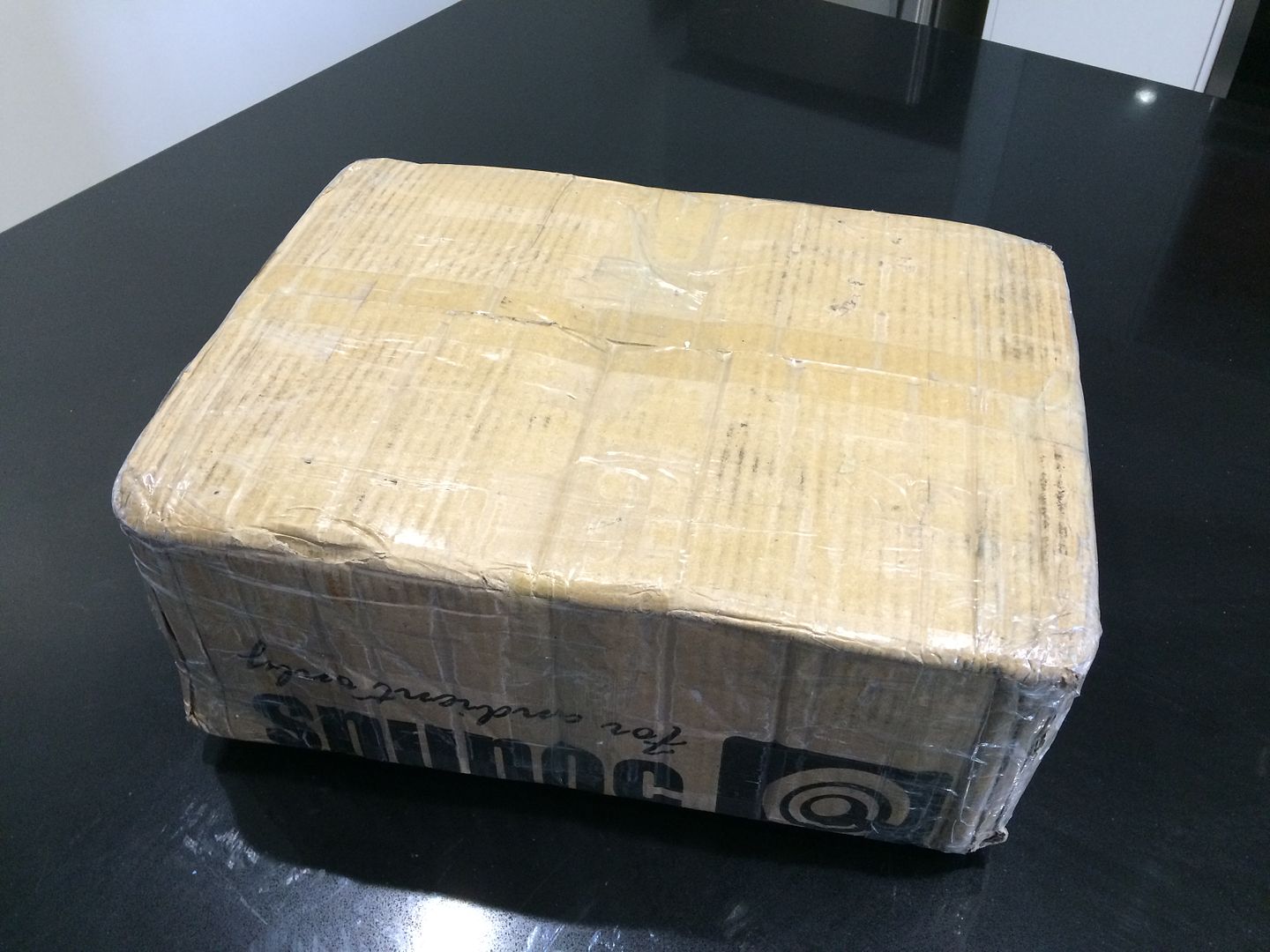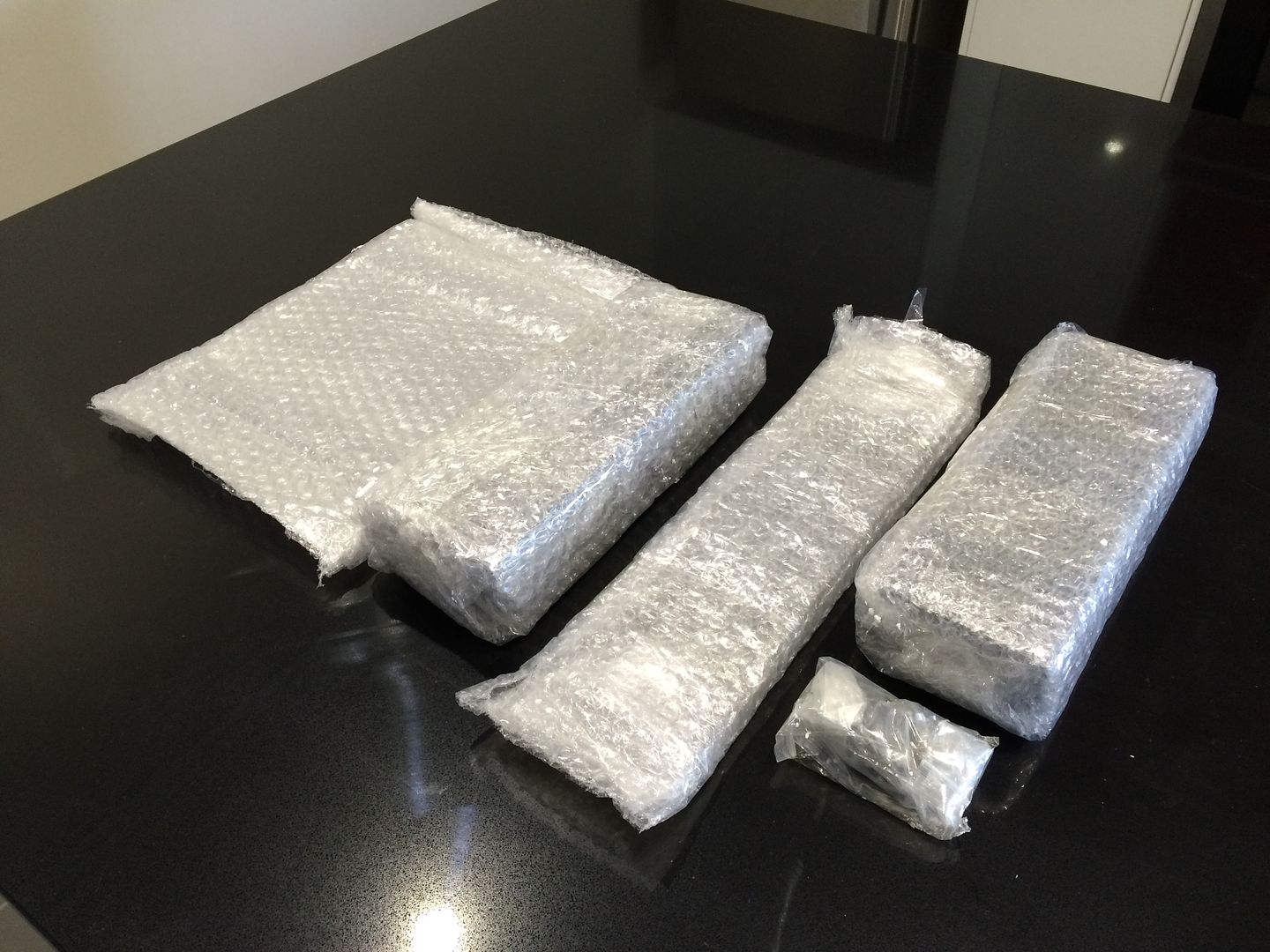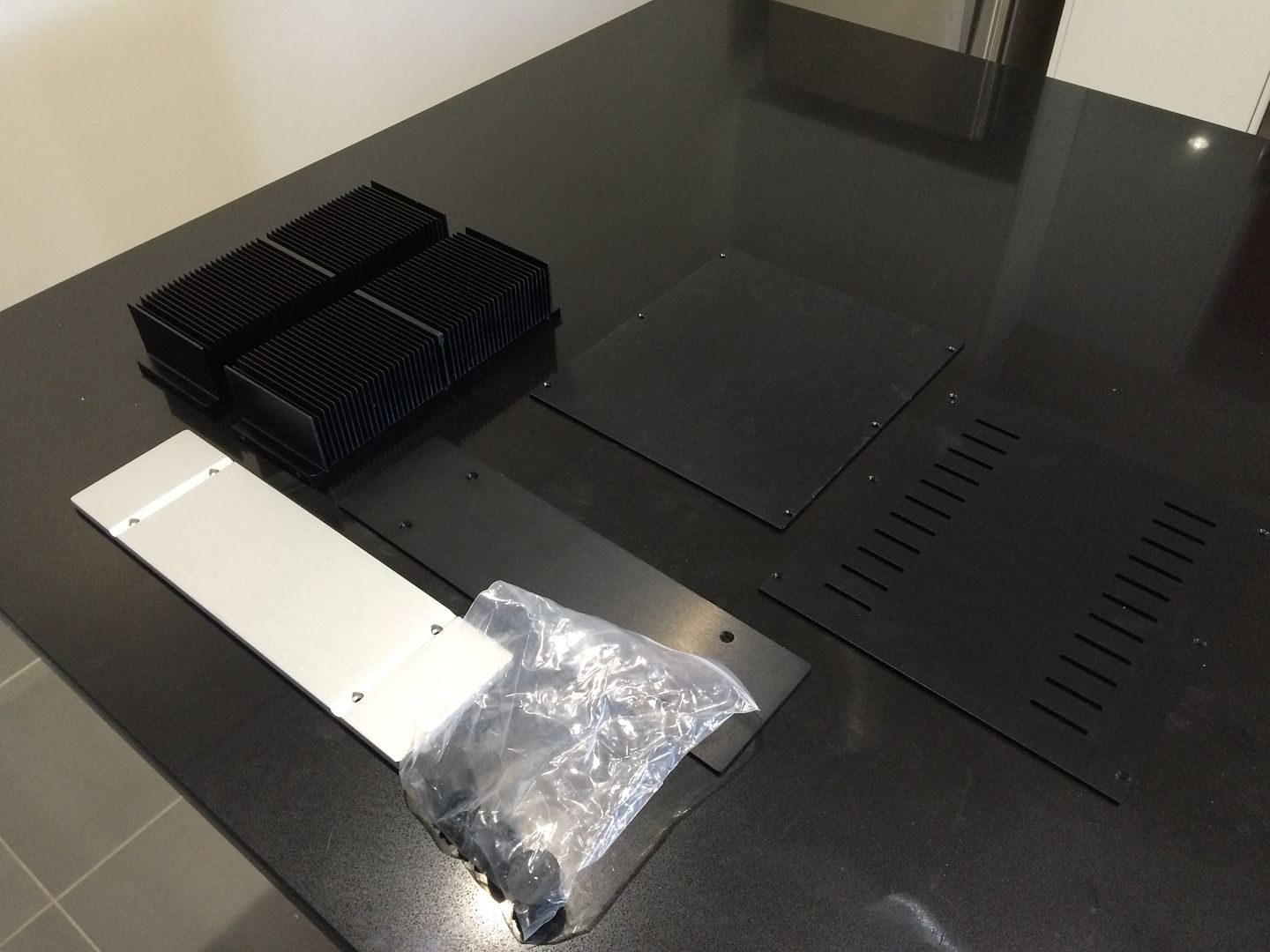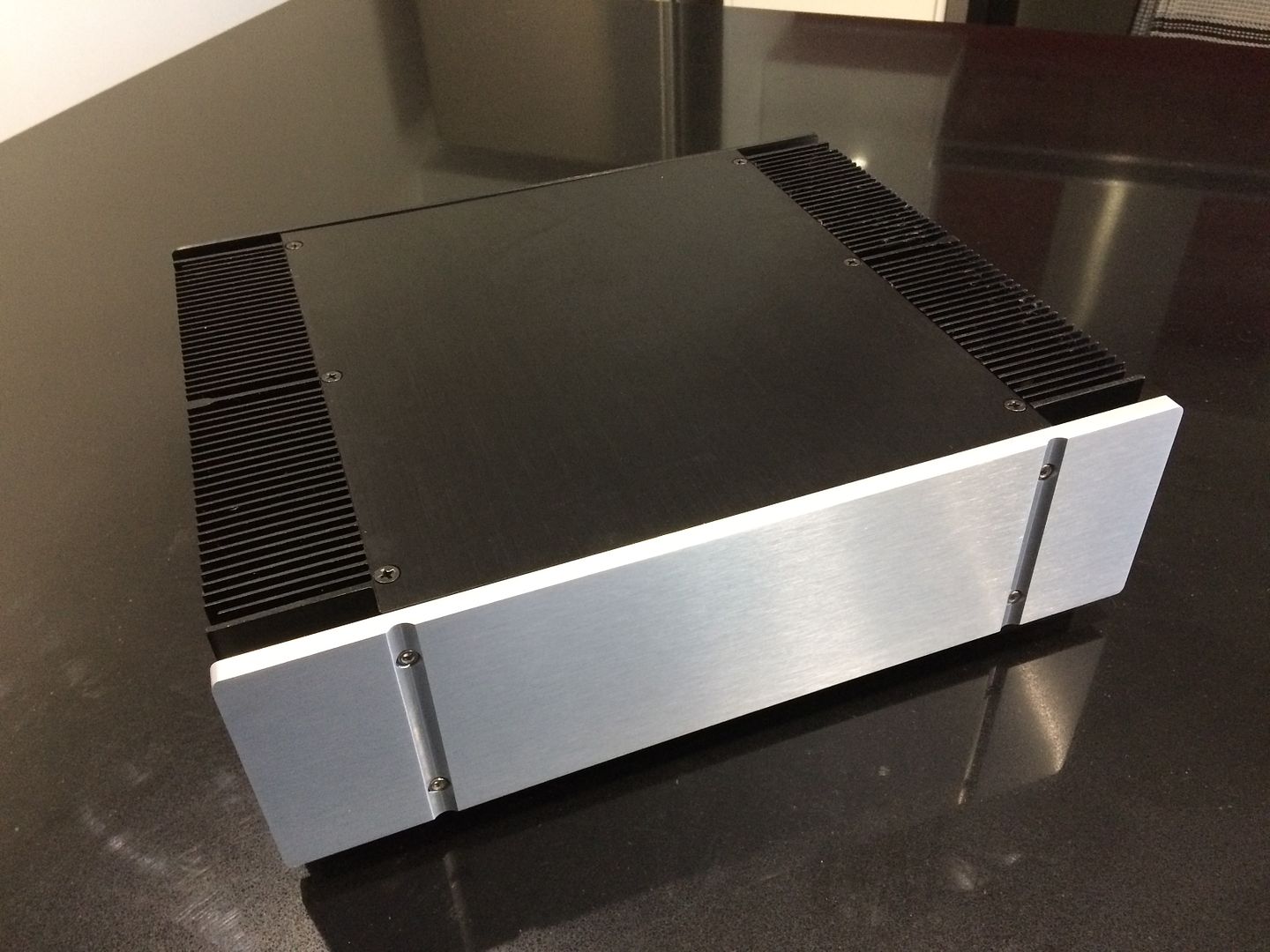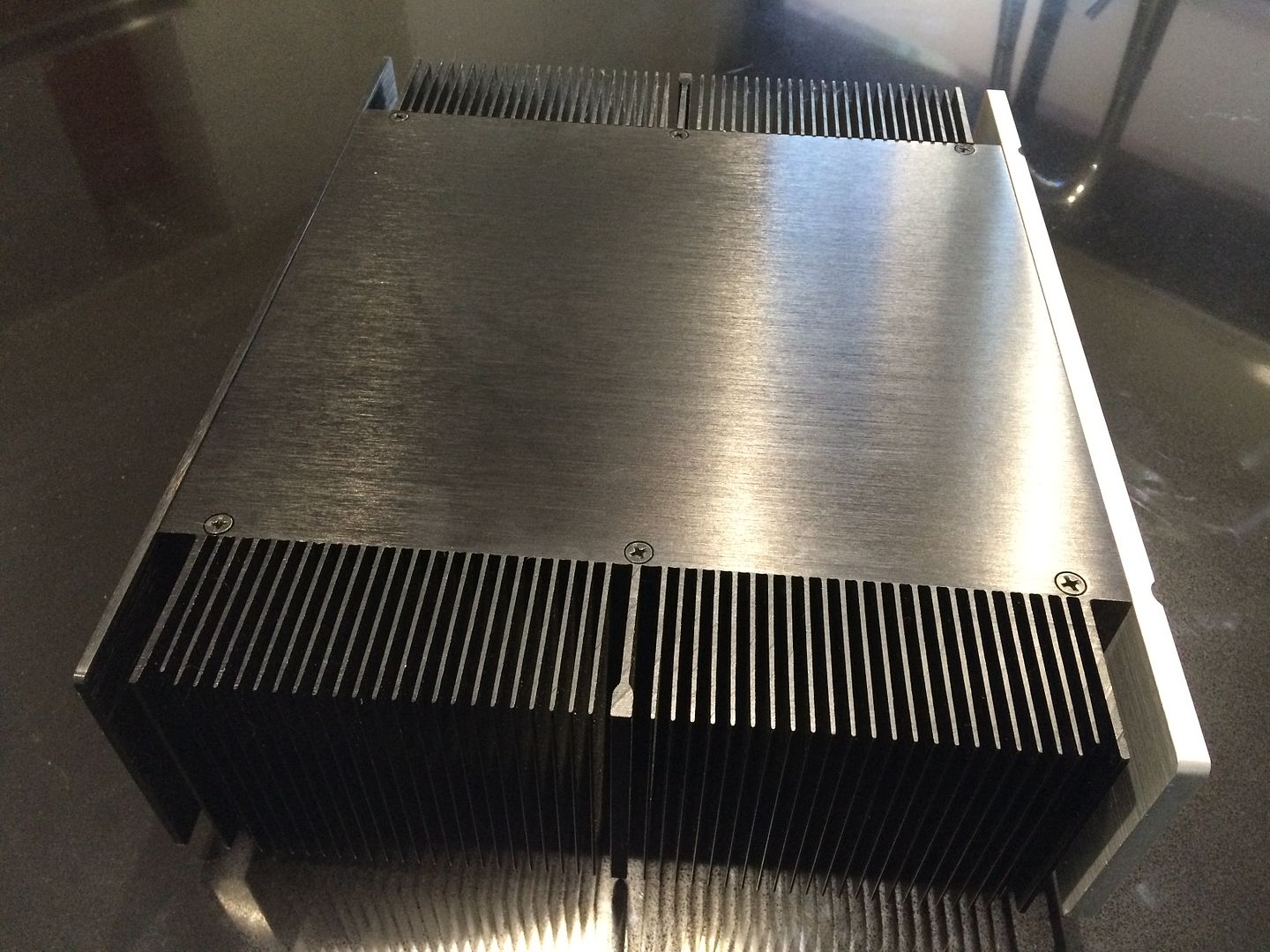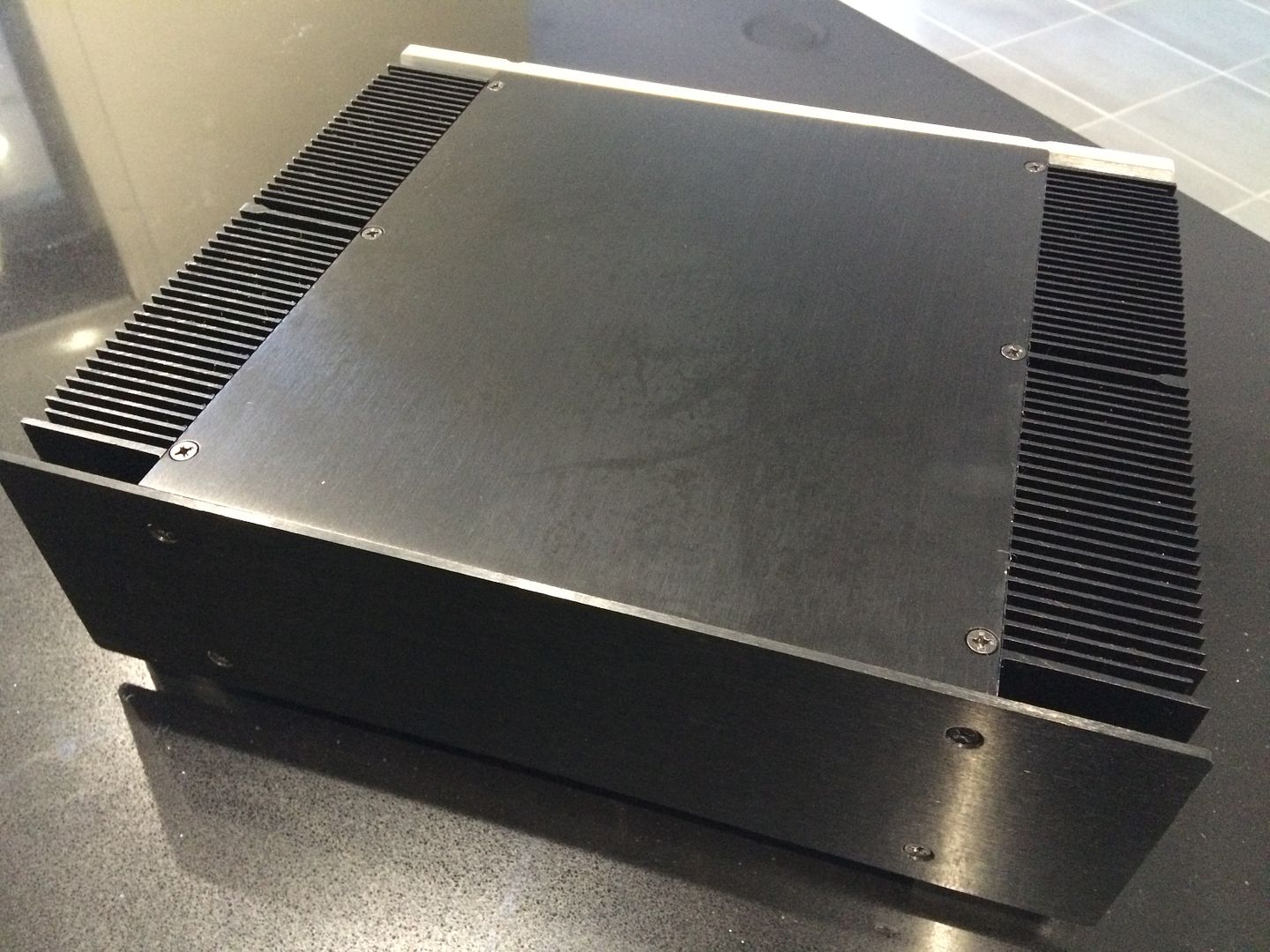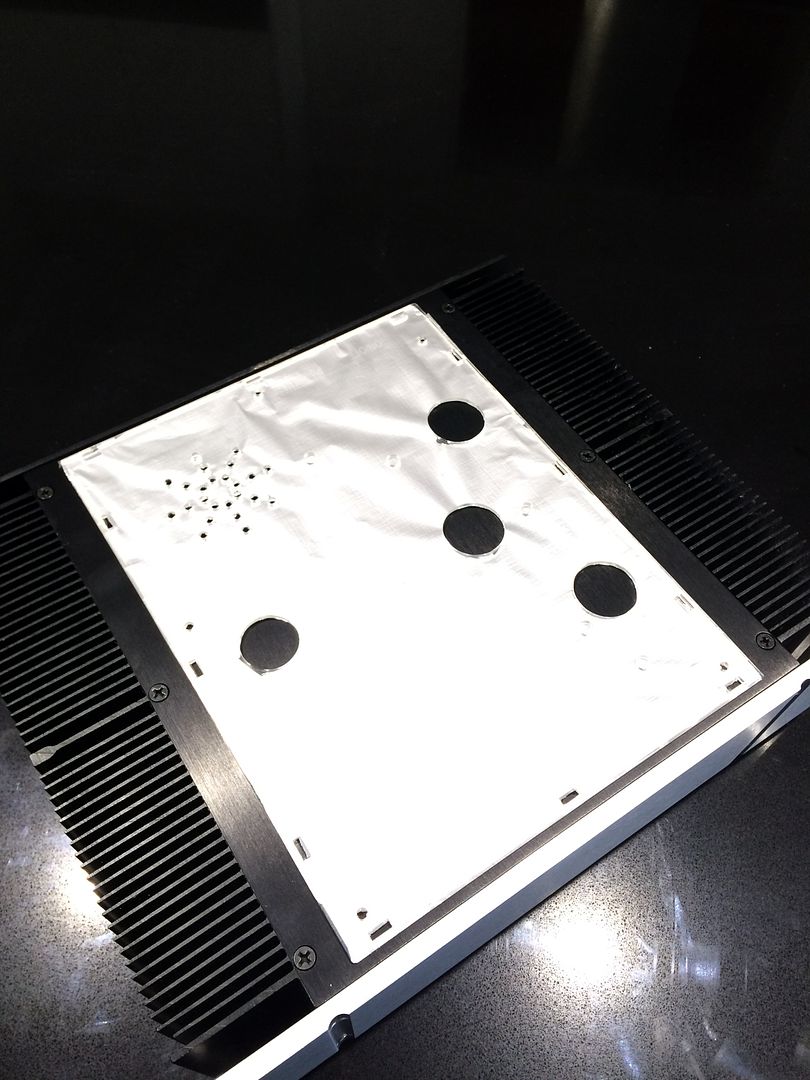Hi,
I am new in the discussions about the LB, although I read the threads completely and could get a lot of hints, how to improve or modify this tube-amp.
I bougt my little bear in 2013 and the mods were as usual: hum reduction, grounding, tube shielding and russian tubes 6n2 and an other rectifier tube from russian sources.
In this respect the little bear is a bargain for what you get as music-fun factor. But I wanted to go further and so I invested in better capacitors. First I installed the green russian Oil-paper capacitors with 0.47µF like these ones after the second and the third tube
http://www.ebay.de/itm/Olpapier-MP-...346906?hash=item3f5ca65f5a:g:jrsAAOSwHjNV~p5C
and then Jantzen superior Z-Cap 0,1µF after the first tube as you can see here
http://www.ebay.de/itm/1-pc-Jantzen...984085?hash=item4d4826cc95:g:jCUAAOSwo6lWPerc
This brings more musical life to the LB and in combination with the exchange of the resistors with Vishay Dale CMF-55 variants, the LB plays in a positively manner very straight ahead and brings much fun while listening.
But I tried some other things that aren't described so far and are maybe interesting for some other users. So I first bring the schematic on the table once more:

Some people changed the 62k resistors with 47k as usual for MM-Systems. I tried this too, but found that 50.1k Dale resistors give more pleasure with my Audio Technica AT155LC System.
I then changed the output resistor R25 to see, what happens to the sound. With an 2k output resistor the sound gets more three-dimensional and fits best to to my listening room. Meanwhile I removed the electrolytic capacitor at the cathode on tube 2 because it causes some harshness and distortion.
The last and actual modification concerns the resistor R1 on the cathode side of the cathode follower (tube 3). I changed it to 17k and were very surprised, that this modification brings the LB to a very calm and soft mood, that makes the music so wonderful.
I'm not an electrician and my experience in tube amping is in the beginner status. So I can't tell you what happens in the third tube or why the sound is now so „smooth“. But I would be very interested if other people would recognize the same improvement with this mod.
I made recordings of some LPs and the results are very promising and show no irregular effects.
The next picture shows my modifications on the schematic in summery:

with kind analogue greetings from Germany
Michael


